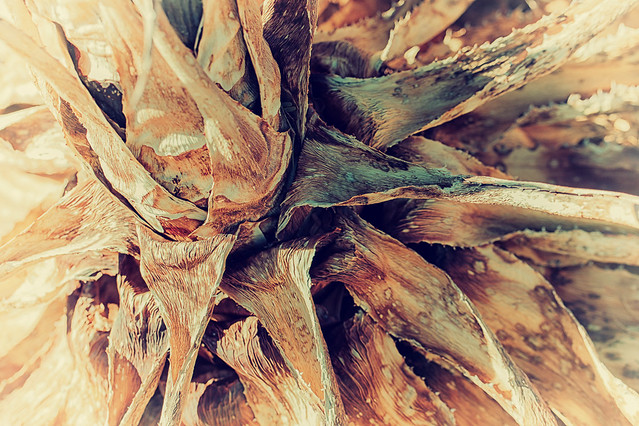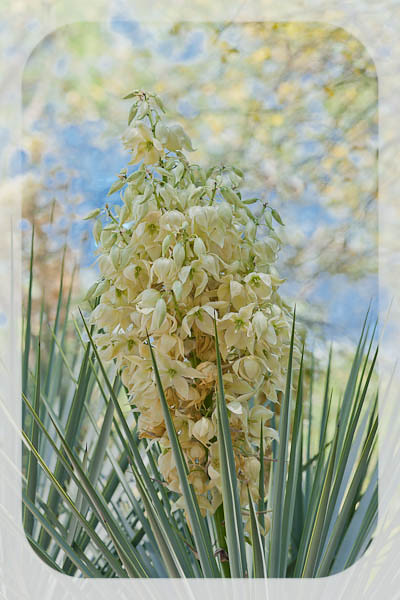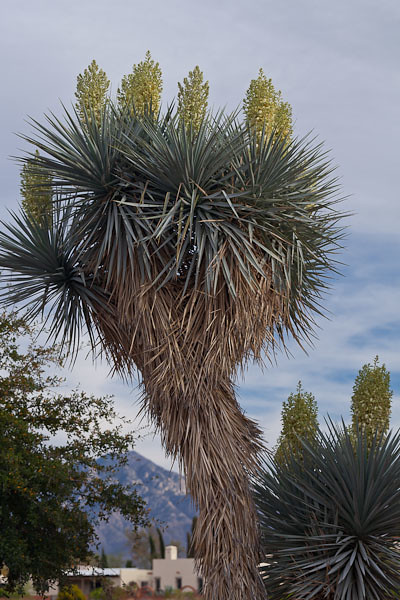Order Tramadol 100Mg Online Knowledge was inherent in all things. The world was a library and its books were the stones, leaves, grass, brooks . . . we learned to do what only the students of nature ever learn, and that was to feel beauty. ~ Luther Standing Bear
Order Tramadol Cod Overnight Delivery I recently read a post on Facebook, someone asked the question, “What do you do when you feel down? How do you once again find your happy?”
https://www.petwantsclt.com/petwants-charlotte-ingredients/ There were lots of suggestions, and many great ones for restoring balance to your mood: watch old movies, dance, practice yoga, listen to oldies music, garden, journal, hug a friend, meditate, reflect, create, read a good book, watch a comedy, slip into a hot bath, cry, play with children, let it be, unplug.
Several people replied with answers similar to what I probably would have said — take a walk, get out in nature.
I add another step to going for a walk and immersing myself in my world, something that I’ve found to be my mood brightener. When walking in nature or perhaps just in the neighborhood, I concentrate on finding beauty. Not necessarily beauty that is easily seen, but beauty in everyday sorts of things, in the unexpected places. A wabi-sabi sort of beauty.
The photograph of the yucca stalk above, tipped over, browned, gradually decaying, wasn’t an obvious choice for noticing beauty in nature. But as I walked by this yucca, my attention was captured by the patterns of overlapping leaves, some still upright, a few turned down, falling back to the earth. Then I looked even closer and noticed the textures, the fibrous strands, the mottled marks. And finally I was captivated by the amazing colors in the shadows – the turquoise blues and eggplant purples in contrast to the wheat golds and rusty oranges.
I love the challenge of finding beauty in the least obvious of places, in the tiny details. It always gives me a surge of pleasure.
————–
Bo Mackison is a photographer and owner of Seeded Earth Studio LLC. She is exploring creative photography and emotion in a series called Desert Lines – a combination of visual lines and written lines.









